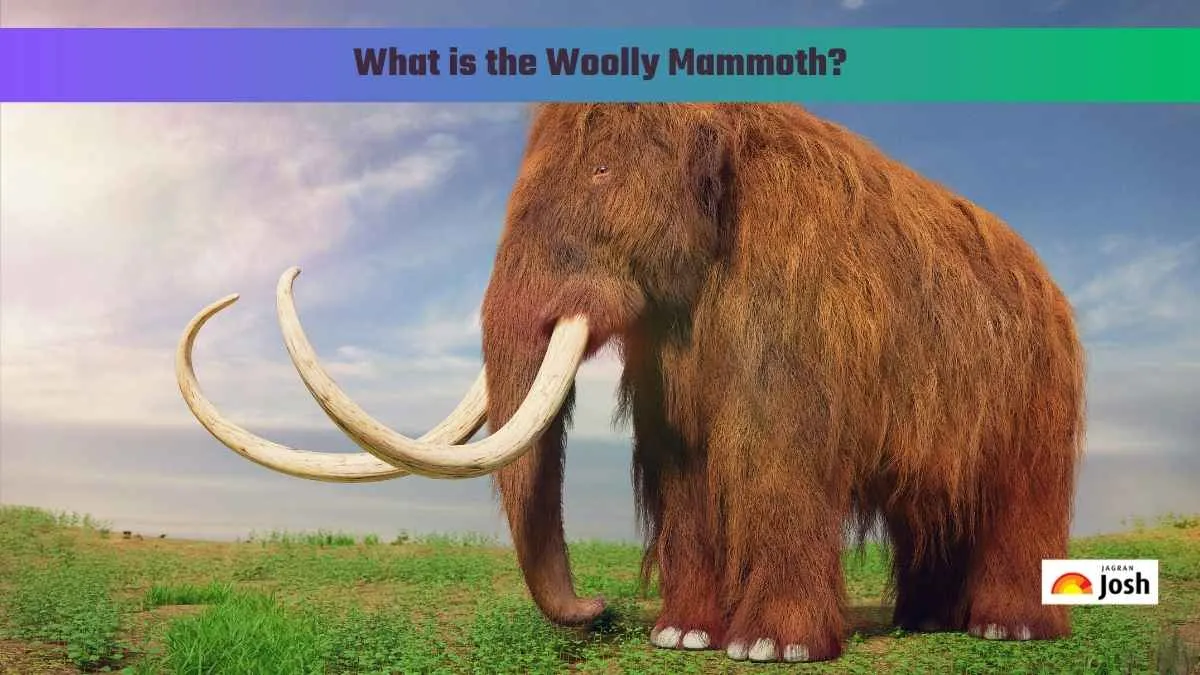What is a Woolly Mammoth?
The woolly mammoth was a very large elephant-like mammal that inhabited the Earth during the Ice Age and is now extinct. It survived in extremely cold conditions and was well adapted to live in freezing climatic conditions, covered in thick fur. The woolly mammoth, along with other megafauna of the time, grazed in the cold grassy plains of Europe, Asia, and North America, where it was well suited to foraging. The modern elephant is generally considered the woolly mammoth's closest living relative. The woolly mammoth could grow up to 13 feet tall and weigh several tonnes. The woolly mammoth was recognisable by its curved tusks, long trunk, and shaggy coat, and it is one of the most iconic beasts of the prehistoric world.
What Caused The Woolly Mammoth To Go Extinct?
Woolly mammoths went extinct relatively recently, about 4,000 years ago, primarily due to a combination of climate change and human activity. When the Ice Age eventually ended, rising temperatures meant that the cold habitats relied on by the woolly mammoth began to shrink in size. As plant habitats changed around them, early humans would have hunted woolly mammoths. It cannot be overstated that they were skilled hunters and they actively hunted an animal that served multiple purposes, including for food, fur, and tools. Although we can't pinpoint the exact cause for the extinction of the woolly mammoth, it is highly likely that a combination of horrible environmental effects and hunting pressure on these animals contributed to their decline in numbers until they collectively went extinct.
What Did Woolly Mammoths Mean to Early Humans?
For early humans, woolly mammoths were important and fascinating. Humans used mammoth bones and tusks to build their homes and make tools, and artists used the woolly mammoth's image in cave paintings as part of early human art.
What Killed the Last Woolly Mammoths?
The last woolly mammoths survived on Wrangel Island, just off the coast of Siberia, until around 4000 years ago. Scientists think the last population of mammoths went extinct due to a combination of genetic defects from inbreeding, changing food supplies and possibly cataclysmic environmental changes.
Fun Facts About the Woolly Mammoth
Shaggy Coat: Its thick fur and fat layer helped it survive in frigid Ice Age temperatures. its fur might have grown at least 3 feet long, while oily skin underneath repelled water and cold.
Huge Tusks: Some tusks extended past 15 feet long and were used for defence and digging in snow. they may have also been used to attract mates or clash with competitors, similar to present-day elephants.
Frozen Time Capsules: Mammoths have been preserved in Siberian ice with skin, hair and internal organs. the preserved remains allow scientists to study diet and health and assess DNA.
Elephant Cousin: The woolly mammoth is a closely related relative to the Asian elephant. The woolly mammoth and Asian elephant share nearly 99.96% identical DNA, making de-extinction research more feasible.
Possible Comeback: Scientists are investigating ways of resurrecting the woolly mammoth, using different DNA and cloning techniques. Research projects include the goal of reintroducing a cold-resistant mammoth-elephant hybrid back into the Arctic tundras to counter climate change.
Read More: 10 Strange Fruits from Around the World
